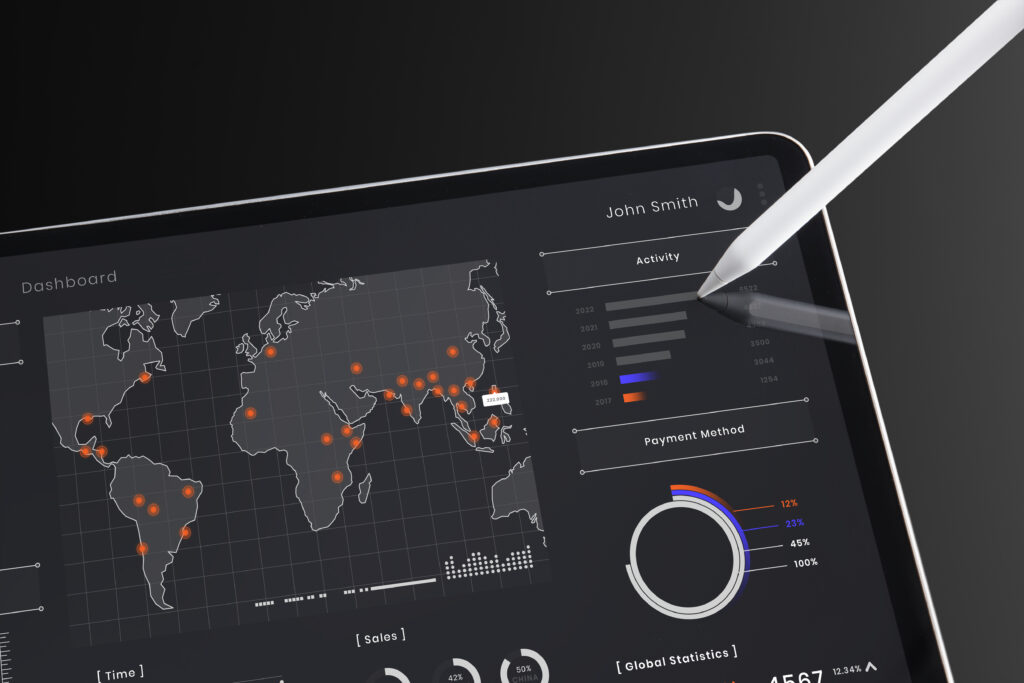Mention compliance to any IT leader and you’ll likely get a similar response: tension. Regulations often carry a reputation for introducing delay and complexity. But this perception misses the bigger picture. In reality, meeting compliance demands without slowing your IT operations isn’t just feasible—it’s foundational to secure, sustainable growth.
Why Compliance Is No Longer Optional
Regulatory frameworks—whether HIPAA, PCI-DSS, CMMC, or GDPR—now shape how businesses operate. For many industries, noncompliance isn’t just a legal risk; it’s a business risk. Companies that fail audits can lose contracts, suffer reputational damage, or face significant fines.
More critically, customers and partners increasingly expect organizations to demonstrate security maturity. In this context, compliance becomes more than a box-ticking exercise—it signals operational readiness and trust.
The Operational Friction Point
Despite its importance, compliance initiatives can feel disruptive when poorly executed. Common barriers include:
-
Decentralized tools that don’t integrate well, making compliance reporting cumbersome
-
Manual documentation processes that are prone to error and difficult to maintain
-
Limited ownership of compliance tasks across teams
These issues often lead to rushed implementations, redundant processes, and reduced efficiency—problems that can be avoided with the right planning and execution.
Streamlining with Automation
Automation helps eliminate repetitive tasks and supports consistent compliance. Solutions like Security Information and Event Management (SIEM), endpoint protection platforms, and compliance management software allow organizations to:
-
Automatically log and monitor critical events
-
Track changes to configurations and access controls
-
Generate audit trails without manual input
-
Detect anomalies or unauthorized access attempts in real time
Organizations that automate baseline configurations, patch management, and privilege controls significantly reduce their attack surface and improve compliance posture.
Automation also enables scalable compliance, which is essential for organizations operating across multiple jurisdictions or serving clients in highly regulated sectors like healthcare or finance.
Compliance by Design: Shift Left, Stay Ahead
Rather than reacting to regulations, proactive IT leaders are aligning compliance requirements with their system and process designs.
“Shift left” is a term borrowed from software development, urging early integration of controls. Applied to IT compliance, this means:
-
Standardizing secure configurations across new devices
-
Embedding access management policies in user provisioning workflows
-
Applying encryption and backup protocols as part of system deployment—not after the fact
By aligning policies with IT architecture from the beginning, businesses minimize the need for retroactive fixes and reduce compliance-related friction.
When Internal Capacity Hits a Wall
Even with automation, compliance often requires specialized expertise and continuous monitoring—demands that many internal teams struggle to meet on their own. Managed IT providers play a key role here.
An experienced provider brings:
-
Industry-specific knowledge of regulatory frameworks
-
Purpose-built tools for real-time monitoring and reporting
-
Scalability to handle ongoing assessments and audits
This support allows internal teams to maintain momentum on strategic initiatives while ensuring that compliance requirements are being addressed consistently and efficiently.
Tracking What Matters
To align IT operations and compliance, organizations should track measurable outcomes that reflect both efficiency and risk management. These might include:
-
Mean time to respond to security incidents
-
Percentage of devices with up-to-date patches
-
Audit readiness scores or self-assessment ratings
-
Access control audit frequency
-
Training completion rates for security awareness programs
These metrics, outlined in frameworks like the NIST Cybersecurity Framework, provide a clear view of both compliance and operational health.
Compliance and Cloud Strategy
Cloud services offer speed and flexibility, but also introduce complexity when it comes to compliance. Misconfigured cloud resources are a leading cause of data exposure. To mitigate this, organizations must:
-
Use cloud access security brokers (CASBs) to monitor cloud app usage
-
Apply consistent access policies across environments
-
Ensure cloud vendors meet compliance standards like SOC 2, ISO 27001, or FedRAMP
Most major cloud platforms offer tools that support compliance efforts, such as AWS Config, Azure Policy, and Google’s Security Command Center. However, it’s up to the organization to configure and manage them effectively.
Proper cloud governance frameworks help bridge the gap between agility and oversight. Without one, even the fastest cloud deployments can become compliance liabilities.
Culture Is the Ultimate Compliance Tool
Tools and policies only go so far. A successful compliance program depends on people—how they perceive, engage with, and take responsibility for security and compliance practices.
Build a compliance-aware culture by:
-
Providing regular, role-specific training
-
Encouraging open dialogue about policy impacts
-
Involving department leaders in access control reviews
-
Explaining why compliance policies matter—not just what they are
When employees see themselves as part of the solution, rather than targets of enforcement, compliance becomes a shared responsibility—not a chore.
Maintaining Compliance During Business Growth
As businesses scale, so do their risks—and so must their compliance strategies. Adding new locations, employees, or systems without scaling oversight can lead to blind spots. Growing companies should consider:
-
Implementing centralized identity and access management (IAM) for consistent policy enforcement
-
Adopting zero trust architectures to protect expanding attack surfaces
-
Integrating compliance checks into all new business initiatives from the start
Growth doesn’t excuse gaps. In fact, regulators may scrutinize scaling organizations more closely, especially those handling sensitive or high-volume data.
Building a compliance roadmap tied to business milestones ensures that operations and regulations evolve together—not at odds.
Beware the “Perfect” Trap
Many organizations stall their progress by aiming for a flawless compliance program before taking meaningful action. But regulatory requirements evolve. Technology changes. New risks emerge.
The better approach is incremental:
-
Prioritize the most impactful risks first
-
Build scalable, repeatable processes
-
Regularly assess and update compliance goals
-
Use each audit or assessment as a checkpoint, not a finish line
Frameworks like the Cybersecurity Maturity Model Certification (CMMC) emphasize continuous improvement over static benchmarks, especially for organizations working within government or regulated supply chains.
The Path Forward
Compliance doesn’t have to be a roadblock. In fact, when it’s well-integrated, it strengthens IT operations, safeguards business continuity, and boosts organizational trust. By focusing on automation, planning, expert partnerships, cloud governance, and a compliance-first culture, companies can meet demands without grinding to a halt.
Ultimately, the organizations that treat compliance as a natural part of doing business—not a burdensome overlay—will be the ones best positioned for long-term resilience and growth.





